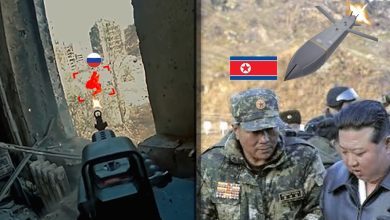Convair B-36 Peacemaker

Visitors to the National Museum of the United States Air Force at Wright-Patterson Air Force Base (AFB), Dayton, Ohio, should expect to see some impressive aircraft. One of the largest military aviation museums in the world it has on display the famous B-17 Memphis Belle, and the B-29 Bockscar — the aircraft that dropped the “Fat Man” nuclear weapon over the Japanese city of Nagasaki during World War II. In addition, the museum is home to a Boeing B-52 Stratofortress and a Rockwell B-1B Lancer. Visitors are able to truly appreciate the impressive size and power of these aircraft and the might of the United States Air Force.
But even the B-52 seems dwarfed by the presence of the Convair B-36 Peacemaker that is now exhibited in the museum’s Cold War gallery. With a wingspan of 230 feet — the longest of any combat aircraft ever produced — and a length of more than 162 feet, the museum’s B-36 is a true behemoth in every sense of the word. By comparison, a Boeing 747 only has a 211-foot-long wingspan — although, in fairness, it should be noted the commercial airliner is longer overall than the Peacemaker.
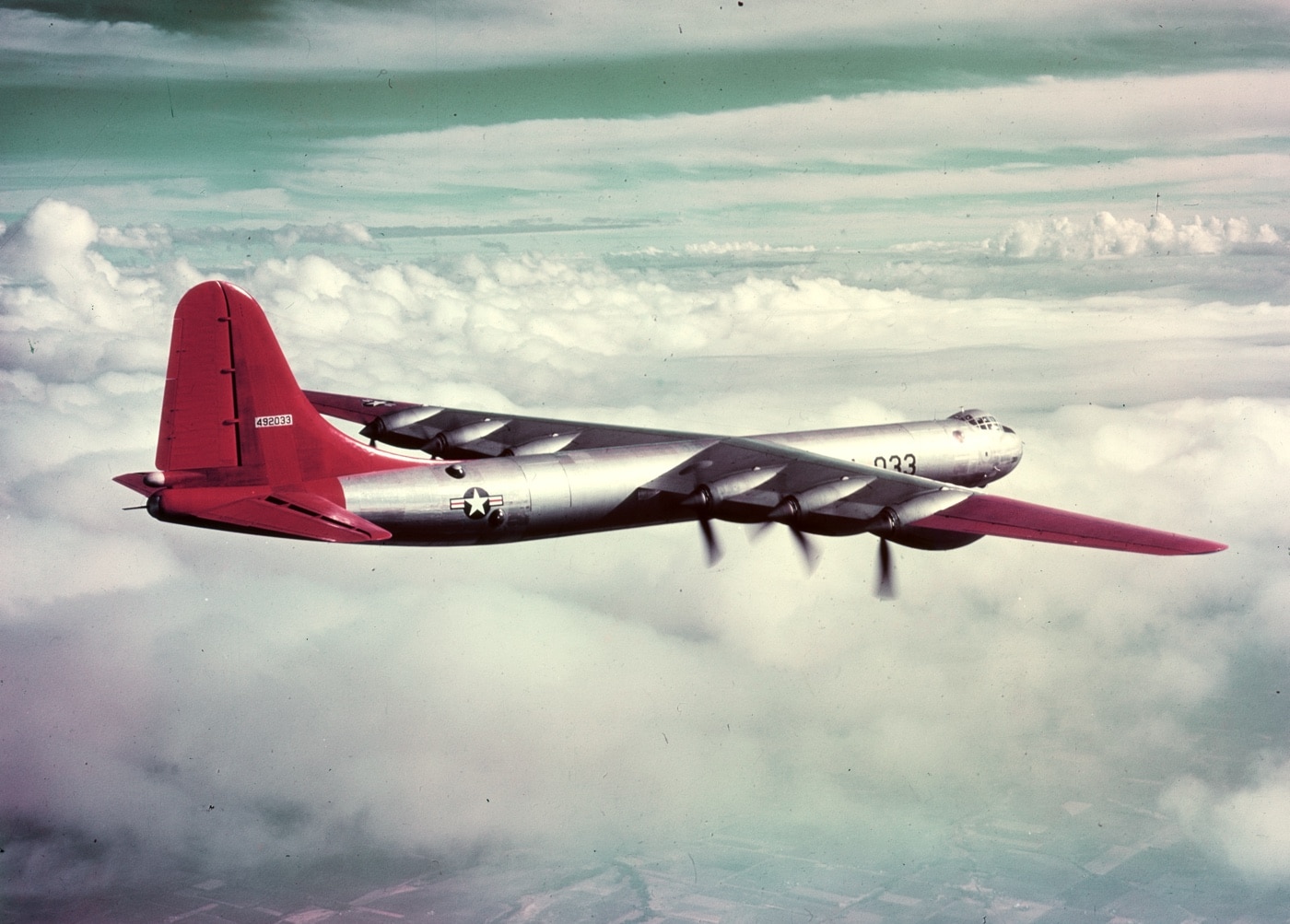
Yet, as military aircraft go, nothing compares to the early Cold War B-36 strategic bomber.
Ready to Go the Distance
The B-36 Peacemaker remains the largest mass-produced piston-engined aircraft ever built, and for good reason. It was designed to be capable of intercontinental flight without refueling.

A total of 384 Peacemakers were produced, with most serving as the primary nuclear weapons delivery vehicle of Strategic Air Command (SAC) in the early stages of the Cold War. Today just four survive, including the Convair B-36J Peacemaker — serial number 52-2220 — at the National Museum of the United States Air Force.
Designed in World War II — Ready for the Third
The Convair B-36 Peacemaker entered service in 1948, and it arguably arrived just in time as the United States of America needed an aircraft that could strike targets in the Soviet Union (USSR) in anticipation of World War III. Yet, the aircraft’s development began seven years earlier to reach Europe from North America.
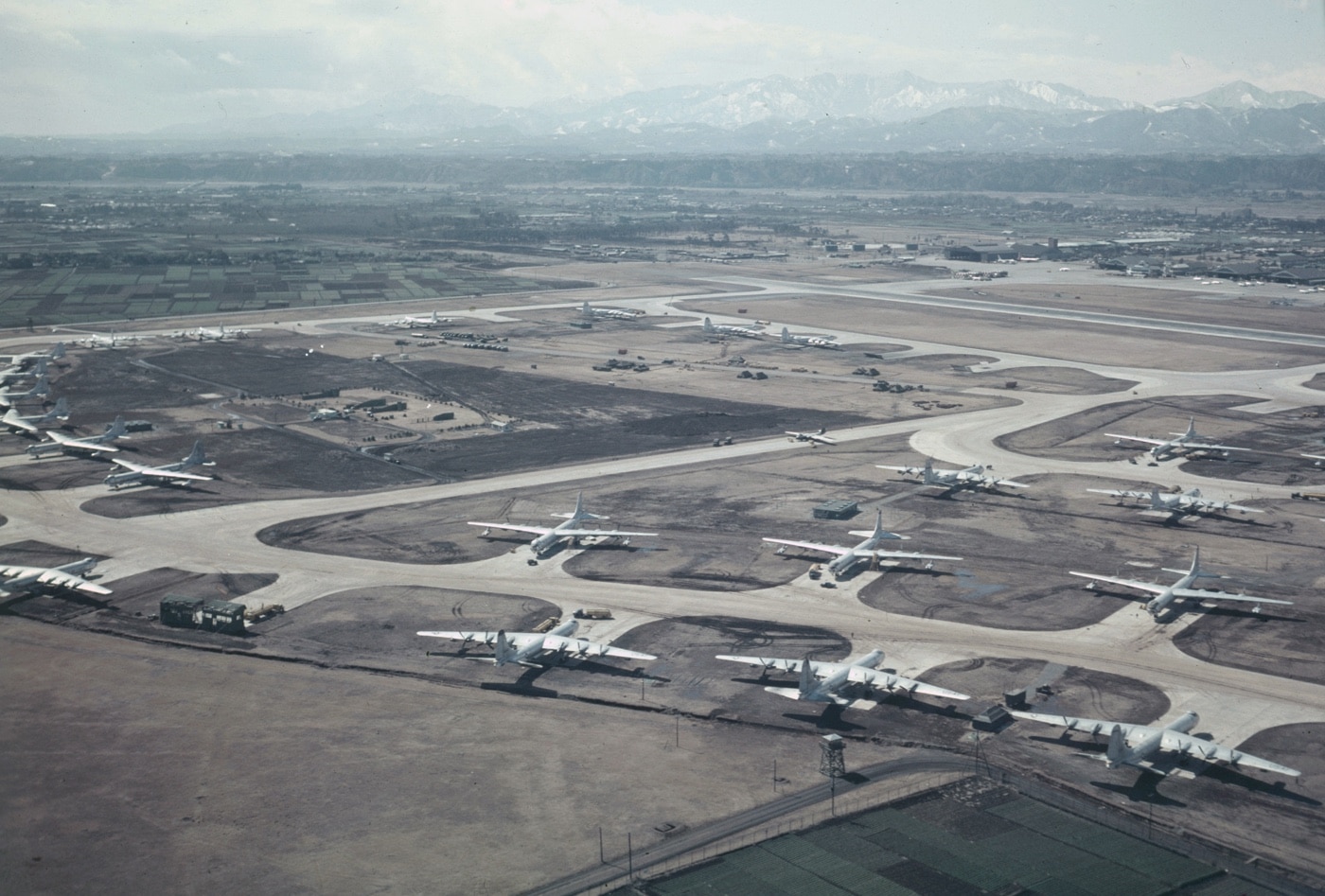
In 1941, there was a very real concern that the United Kingdom might not be able to hold out against Nazi Germany — which had attempted to bring the island nation to her knees with the 1940 “Blitz” campaign that targeted London and other cities. The United States Army Air Force (USAAF) called for an aircraft that would be capable of bombing European targets from the Western Hemisphere.
The original design specification called for a bomb load of 10,000 pounds delivered to a target 5,000 miles away and from a 5,000-foot runway. Efforts begin to develop such a bomber.
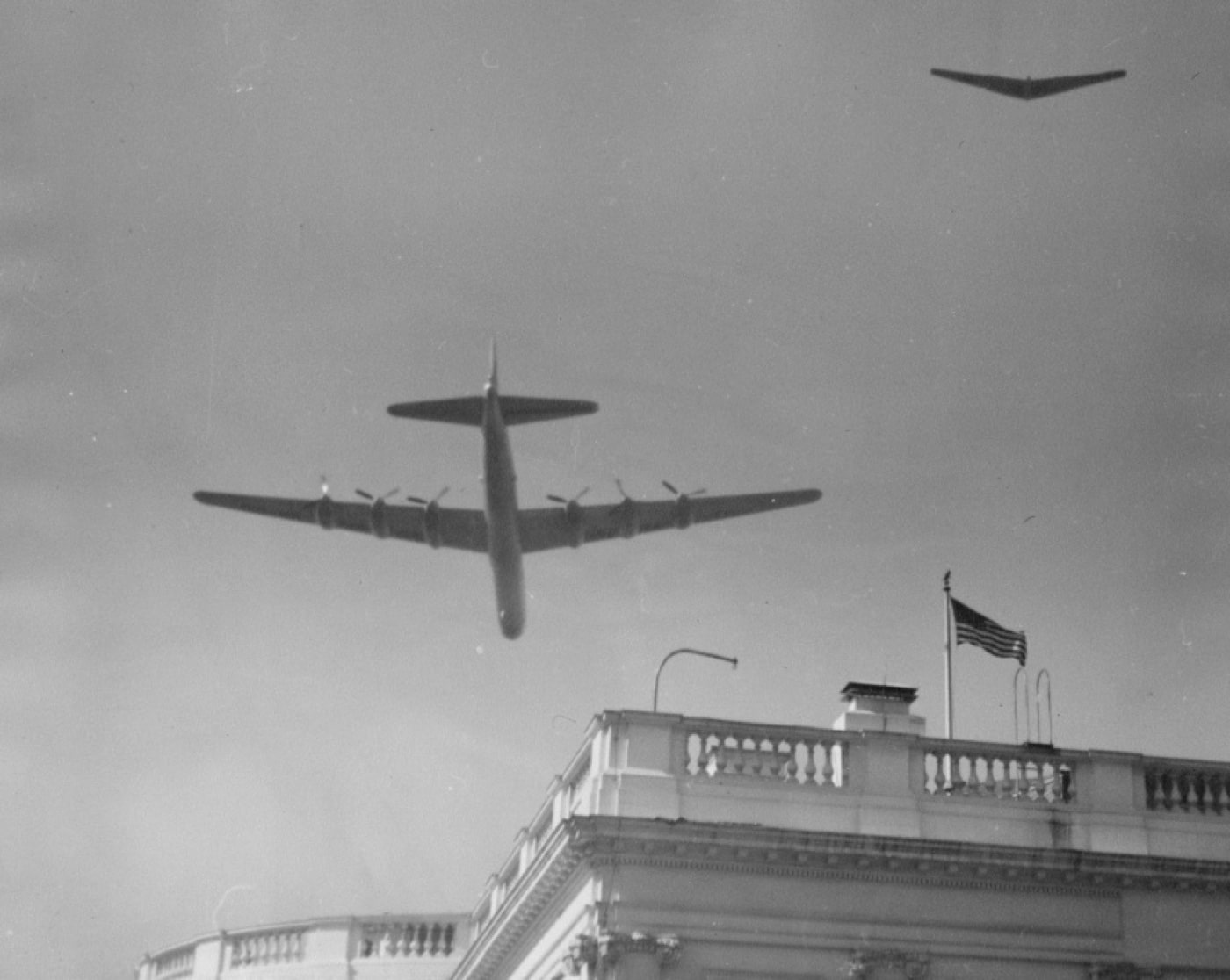
However, the UK held out, and after Germany turned its attention to the USSR, the situation in Europe changed considerably. Development of the XB-36 became a lowered priority, but still continued — albeit crippled by shortages as the need was to devote all effort to wartime production. Only after victory was achieved in both Europe and the Pacific did the program shift gears again, and the XB-36 finally made its maiden flight in August 1946.
When it took flight, it was the largest and most powerful aircraft to take to the air anywhere in the world. The first B-36As were delivered to the United States Air Force in the summer of 1948, and the initial unarmed B-36A bombers were employed to train crews for the newly formed Strategic Air Command (SAC). The bombers were then operated by the 7th and 11th Heavy Bomb Groups of the Eighth Air Force.
By the end of 1948, a Peacemaker was used to fly an unrefueled simulated attack mission taking off from Carswell Air Force Base, Texas, to Pearl Harbor, Hawaii, where it dropped an inert 4536 kg (10,000 pound) bomb in the sea. The 8,100-mile (13,036 km) raid went undetected by local defenses!
Convair B-36: Not Without Some Controversy
As the aircraft’s development began during the Second World War, some of its critics saw it as unsuited to the changing geopolitical situation of the Cold War. It was even described as a “billion-dollar blunder,” and U.S. Navy officials voiced concerns that the program diverted funding from naval aviation, notably carrier-based nuclear bombers. The sea service envisioned that carrier-based aircraft would be better suited to delivering an atomic bomb to the enemy’s cities.
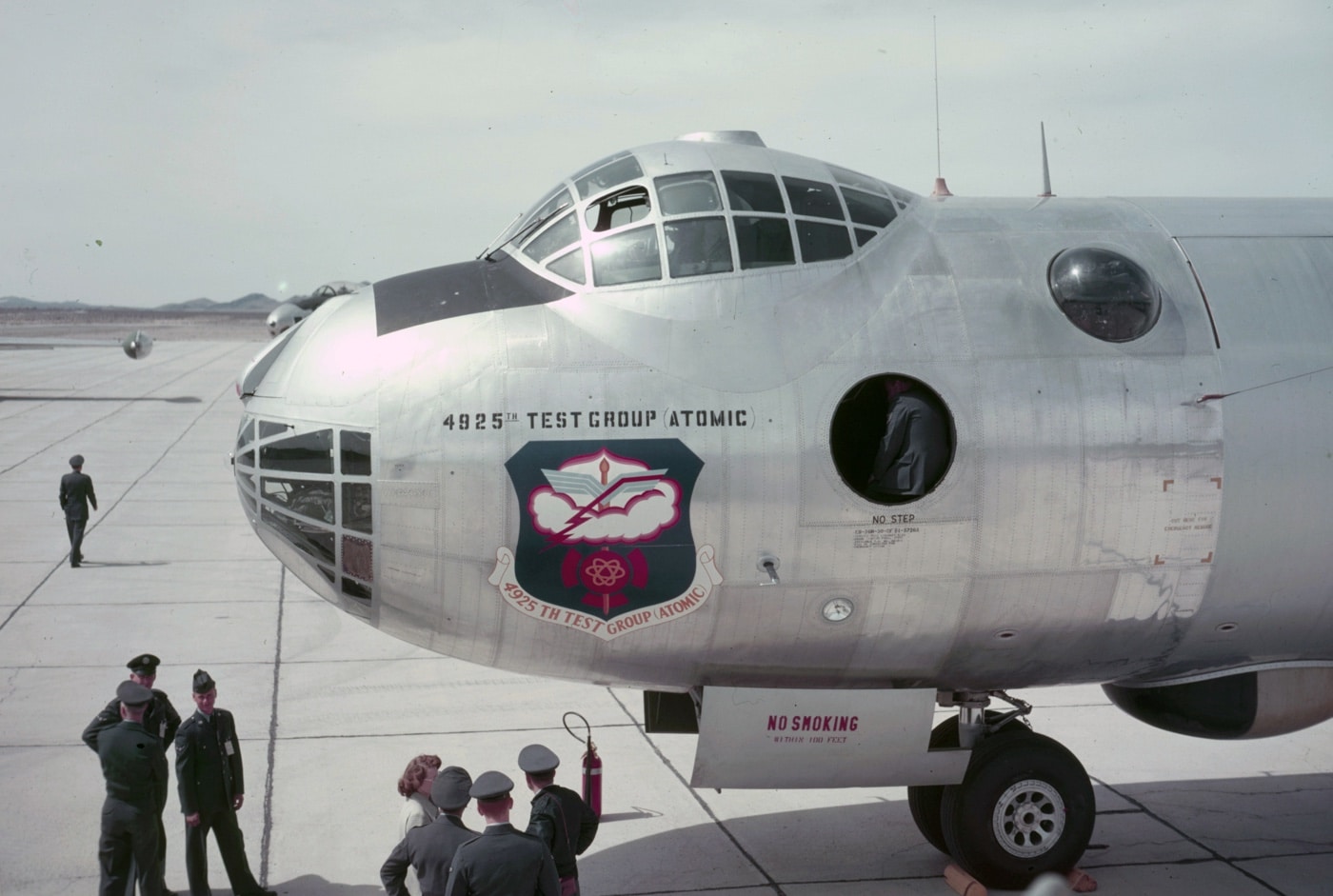
Obviously, U.S. Air Force officials thought otherwise, and a showdown ensued.
Anonymous documents were even circulated that alleged corruption in the selection of the aircraft, while its value was also questioned. That led to a Congressional investigation in 1949, which vindicated the original decision to buy the Peacemaker. Production then moved forward, and in the late 1940’s the B-36 was seen as well-suited to the role for which it was designed.
A Modern Bomber for the Cold War
The B-36s primary mission was an intercontinental nuclear strike against targets deep within the Soviet Union. For those missions, it would have carried the monster Mark 17 nuclear bomb — the first mass-produced hydrogen bombs deployed by the United States. The bomb weighed 21 tonnes and was 24 feet (7.3 meters) in length. At the time, the bomb bay on the Peacemaker was described as being large enough to hold a Nash Rambler automobile.
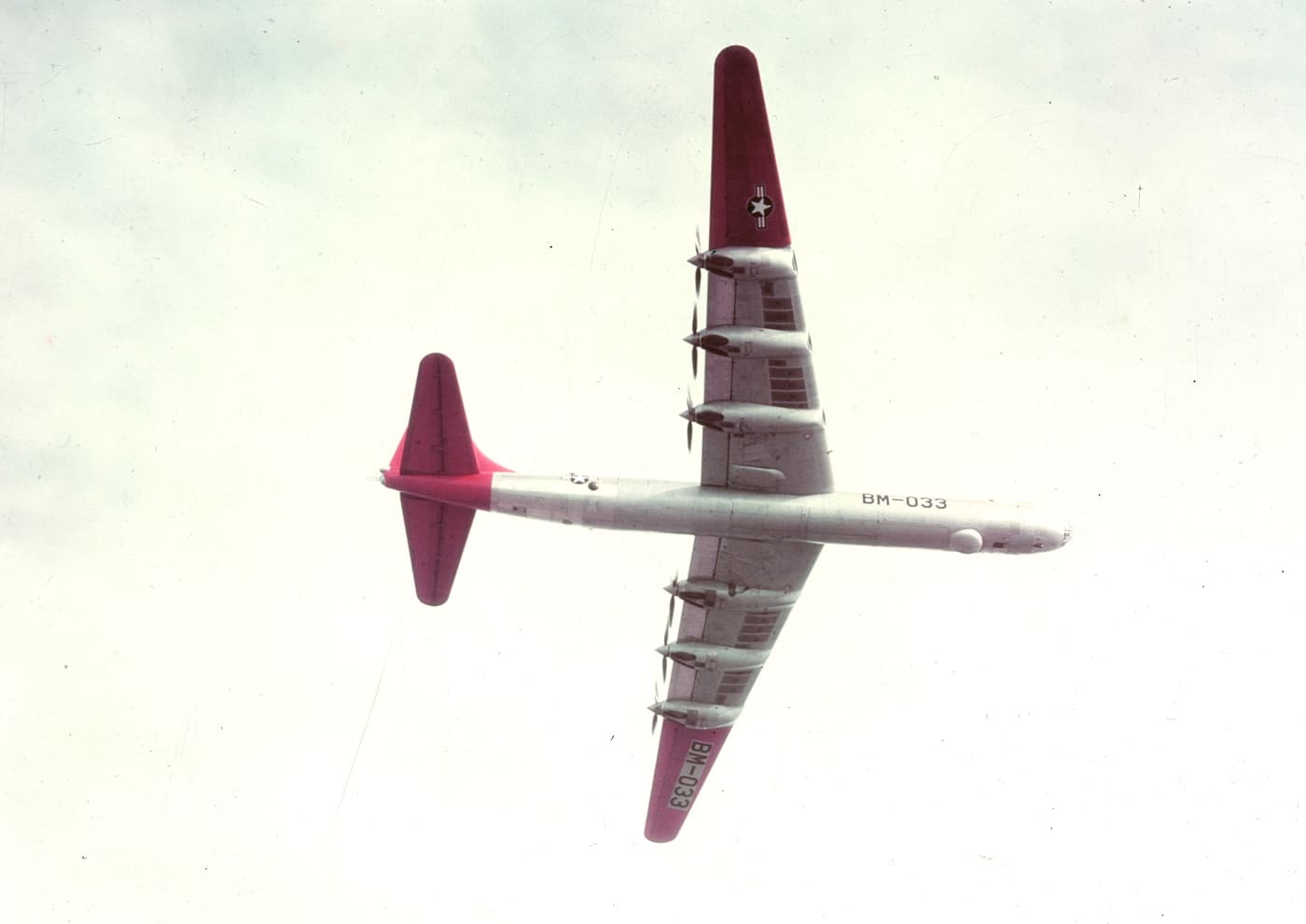
The B-36 was considerably more advanced than the pre-World War II bombers like the B-18 Bolo, but it was far from as advanced as the aircraft to come during the “Space Age.” Production Peacemakers had bogie main gears, and pressurized front and rear crew compartments that were linked by an innovative 80-foot “trolley” tunnel. In addition, the B-36 was equipped with radar bombing and navigation systems and automatically controlled defensive guns with five sighting stations. Though designated the Peacemaker, the B-36 was truly an example of peace through superior firepower as it was outfitted with no fewer than 16 20mm cannons arrayed from nose to tail on its silvery cigar-style fuselage. When not in use, six of the remotely aimed turrets could retract behind sliding panels.
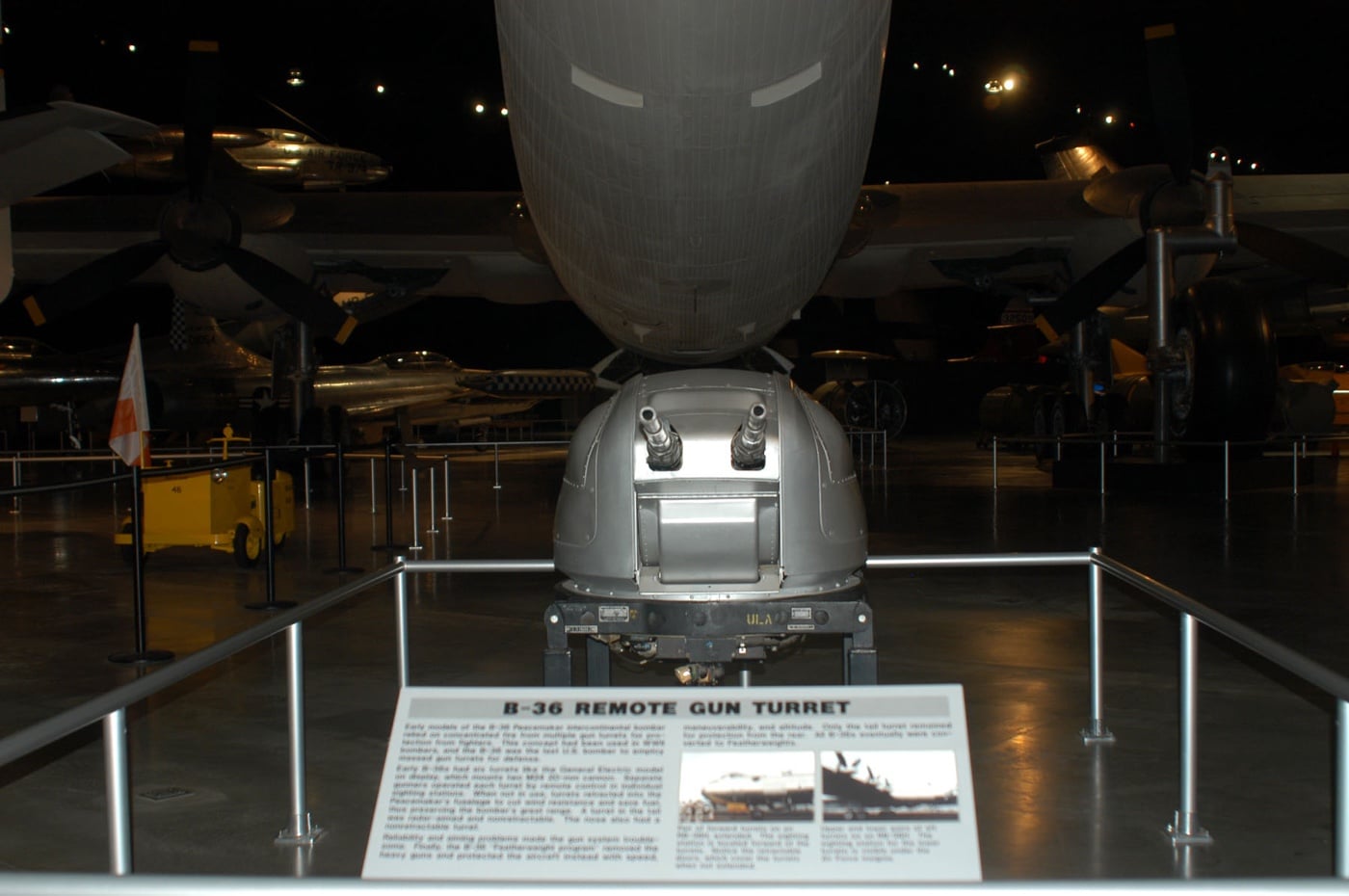
While it was a revolutionary step forward from the heavy bombers of World War II, the B-36 wasn’t quite of the “Jet Age” and instead was powered by six 3,500 horsepower Pratt & Whitney R-4360-51 Wasp Major 28-cylinder four-row radial engines driving pusher propellers. The engines were later upgraded to six R-4360-41 engines and four 5,200-pound trust General Electric J47-19 single-shaft turbojets. The final B-36J could cruise at 230 mph, and with the additional burst from the J47s could reach a maximum speed of 435 mph.
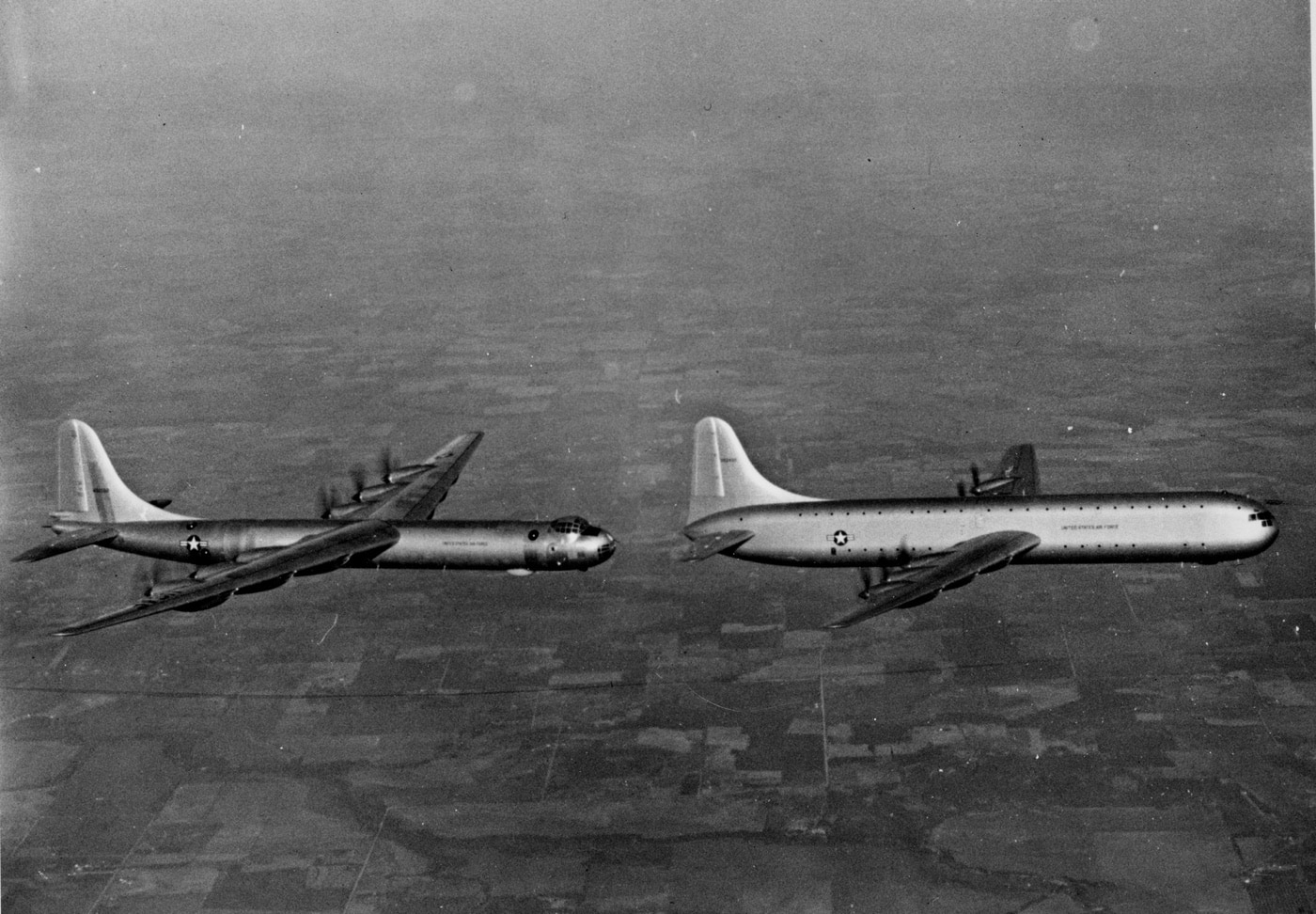
A host of improvements were fitted to the B-36 during its short production life, and these included underwing pods with the aforementioned J47 turbojets (introduced with the B-36D), while the aircraft was also equipped with snap-action bomb doors. The B-36H was outfitted with a new bombsight. In addition to serving as a long-range strategic bomber, some B-36s were modified to serve as photographic reconnaissance aircraft.
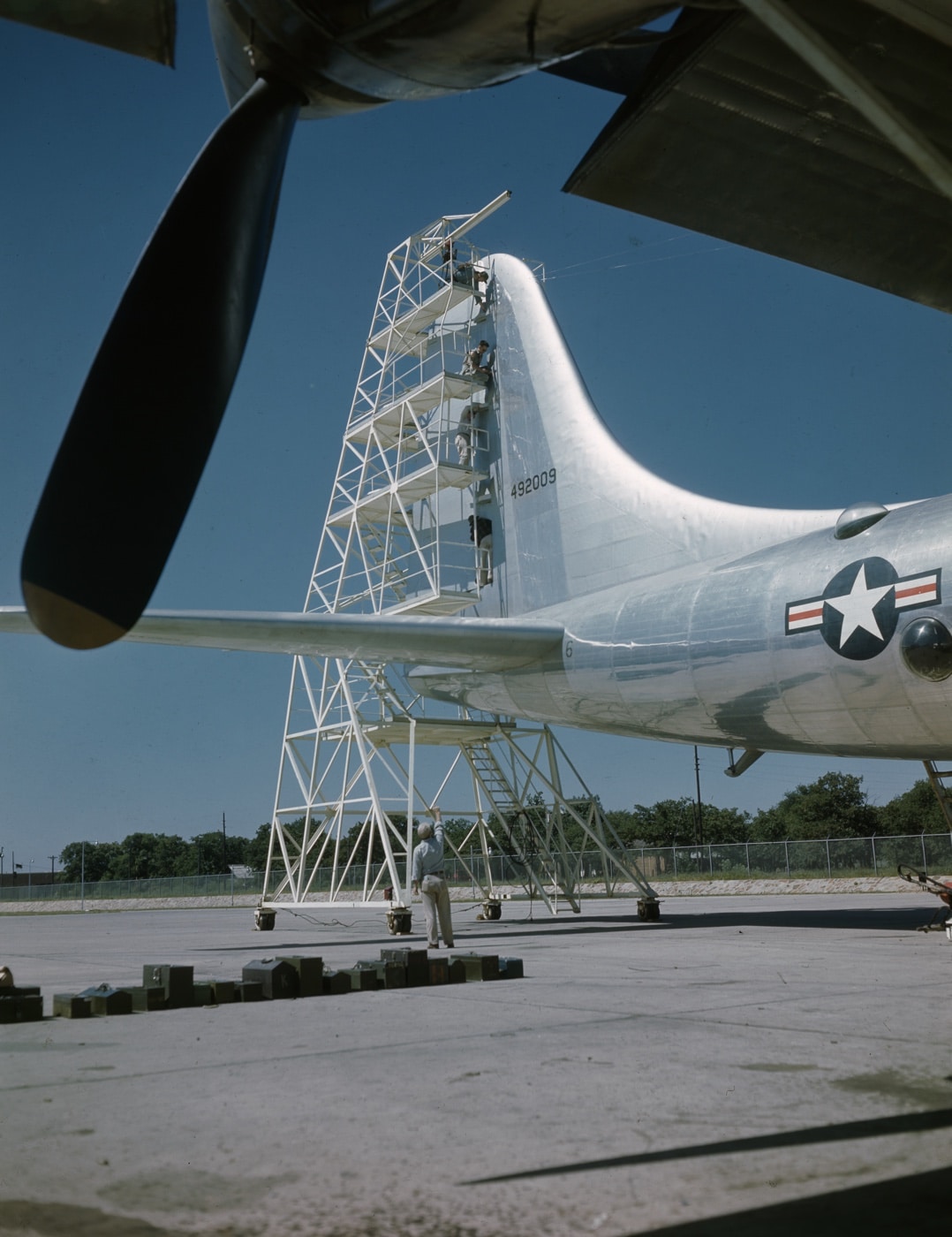
The B-36 typically had a crew of 15, consisting of a pilot, copilot, two navigators, bombardier, flight engineer, two radio operators, two Electronic Countermeasures (ECM) operators and five gunners. Some strategic reconnaissance aircraft carried a crew of 22.
Did the Aircraft Keep the Peace?
In many ways, the B-36 Peacemaker was also the necessary evolution from the World War II bombers including the B-17 and B-29 to the jet age, and for that reason any suggestion it was a stopgap should be dismissed. However, its production was short-lived — which was common for the era — ending in August 1954. Many planes of the era were rotated in and out of service due to rapidly advancing technologies.
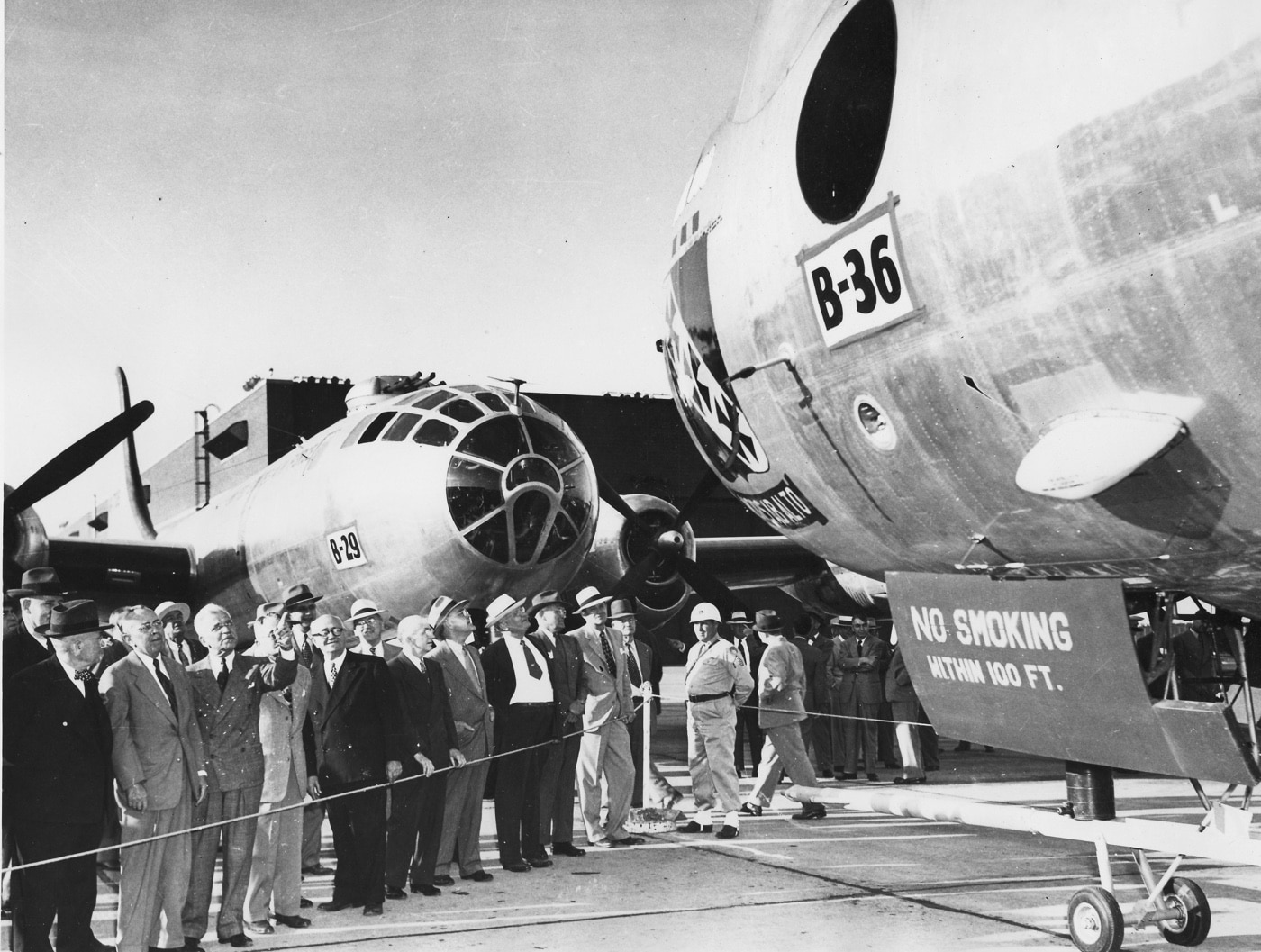
In 1958, the B-36 was retired from service following the introduction of the faster B-52 Stratofortress.
The B-36 Peacemaker was never used in combat, but it has been seen as a major deterrent to enemy aggression in the early stages of the Cold War.
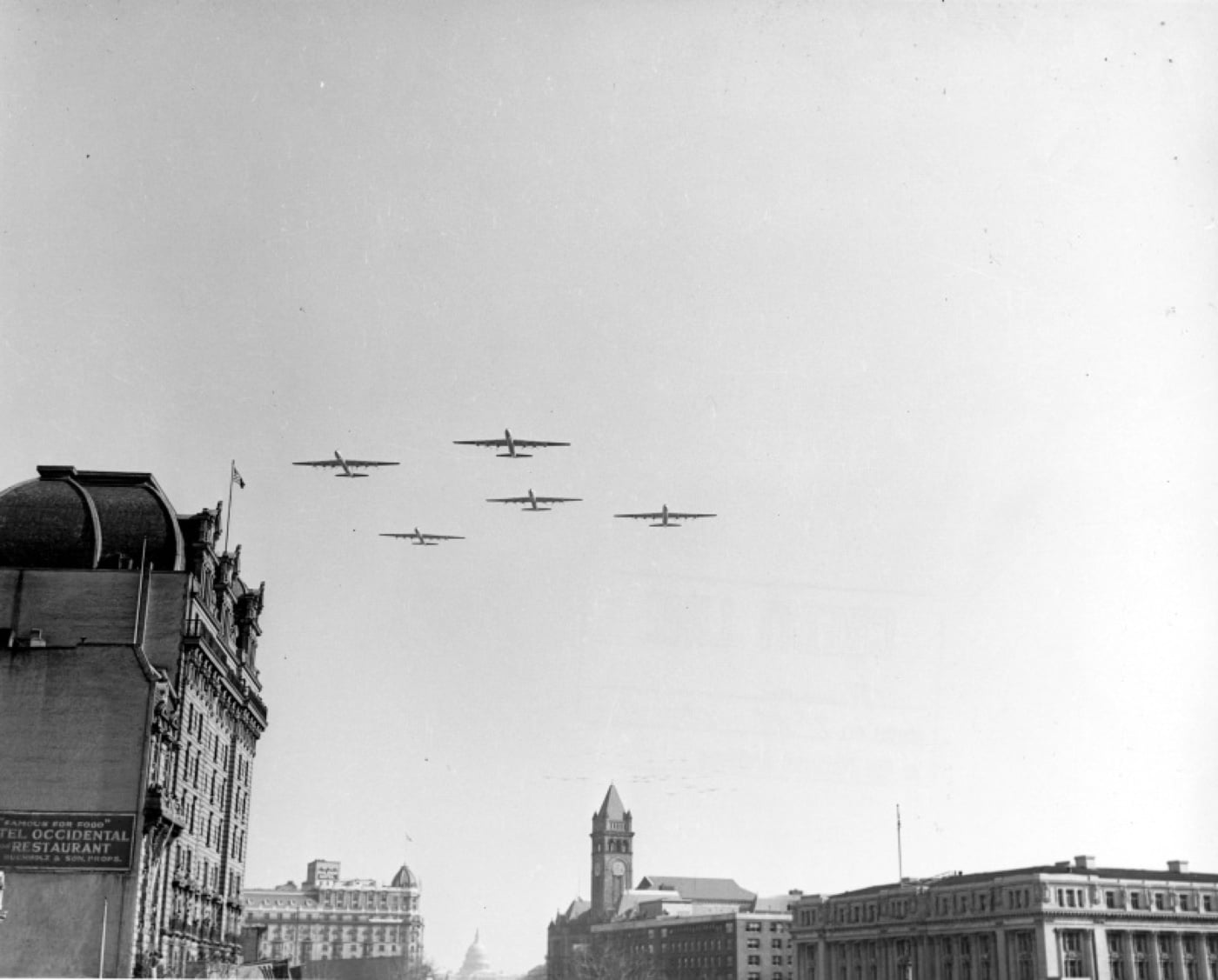
The effectiveness of the bomber has been questioned in the nearly seven decades since it was in service — including whether it could have flown high enough to avoid enemy fighters. SAC never actually based the B-36 in the Arctic region, which would have been necessary for it to fly round-trip to the Soviet Union, and there is speculation that the aircraft may not have been fast enough to drop a nuclear bomb and escape the blast.
Legacy of the B-36 Peacemaker
As noted, just four B-36 Peacemakers survive today, including the one in the collection of the National Museum of the United States Air Force. It was the last B-36 ever to take to the skies, flying to the museum from Davis-Monthan AFB, Arizona, on April 30, 1959.
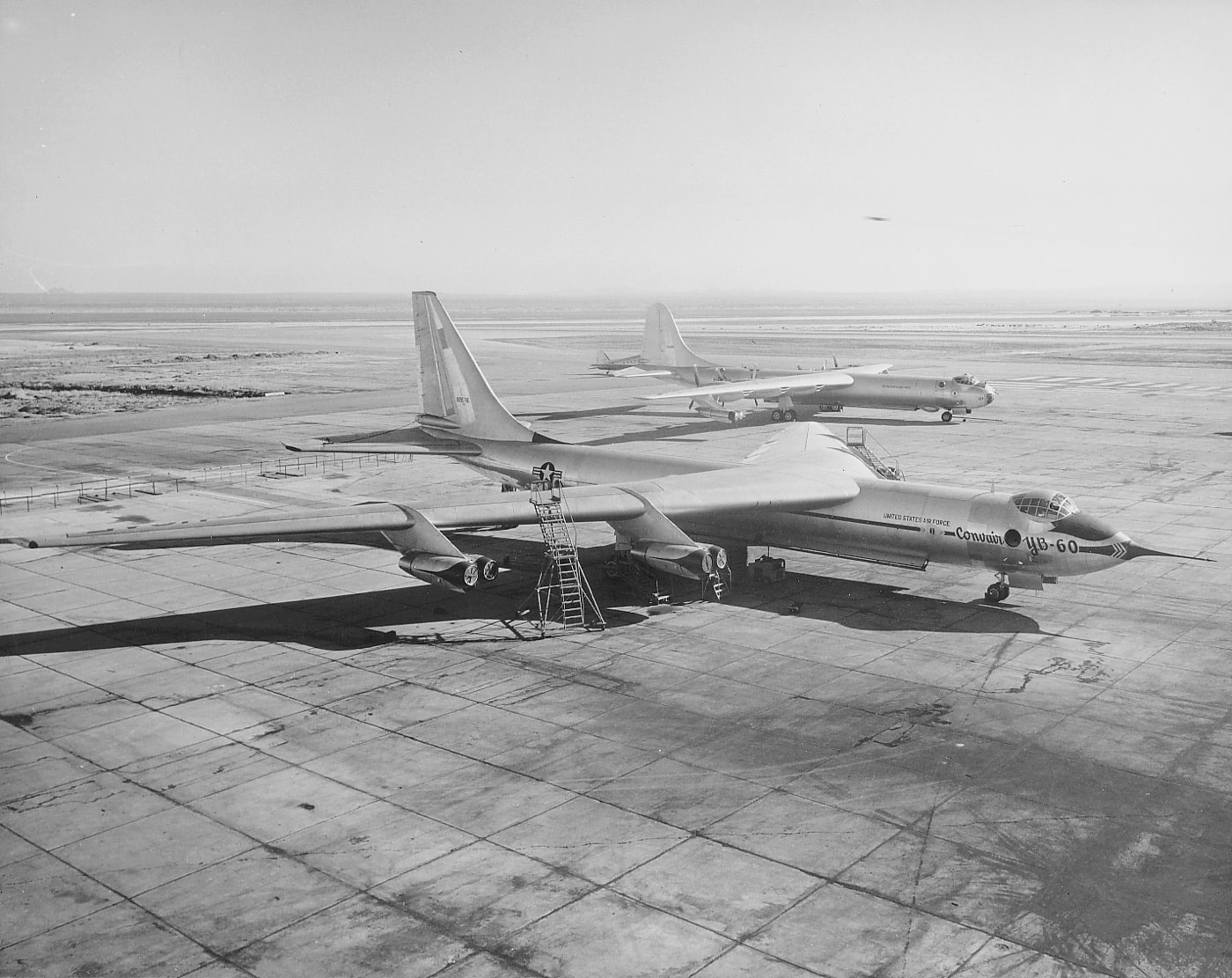
The three other surviving B-36s are now in the collections of the Castle Air Museum at the former Castle AFB, California; the Strategic Air Command Museum in Ashland, Nebraska; and the Pima Air & Space Museum, in Tucson, Arizona. Two additional bombers had been on display but have since been cut up for scrap.
The bomber also served as the backdrop for the 1955 film Strategic Air Command, starring James Stewart as a World War II pilot called back to service to become a B-36 pilot. It was a role not unfamiliar to Stewart. During World War II, Stewart was a decorated bomber pilot who rose to the rank of colonel. After the war, Stewart remained in the reserves and transitioned to the Boeing B-47 Stratojet and later the B-52. He retired as a brigadier general in 1968.
The designation “Peacemaker” may be the most apt of any aircraft. While it may have never dropped a bomb in combat, and was only in service for a decade, its range and nuclear weapons capability almost certainly served as a major deterrent to a possible Third World War.
Editor’s Note: Be sure to check out The Armory Life Forum, where you can comment about our daily articles, as well as just talk guns and gear. Click the “Go To Forum Thread” link below to jump in!
Join the Discussion
Read the full article here



